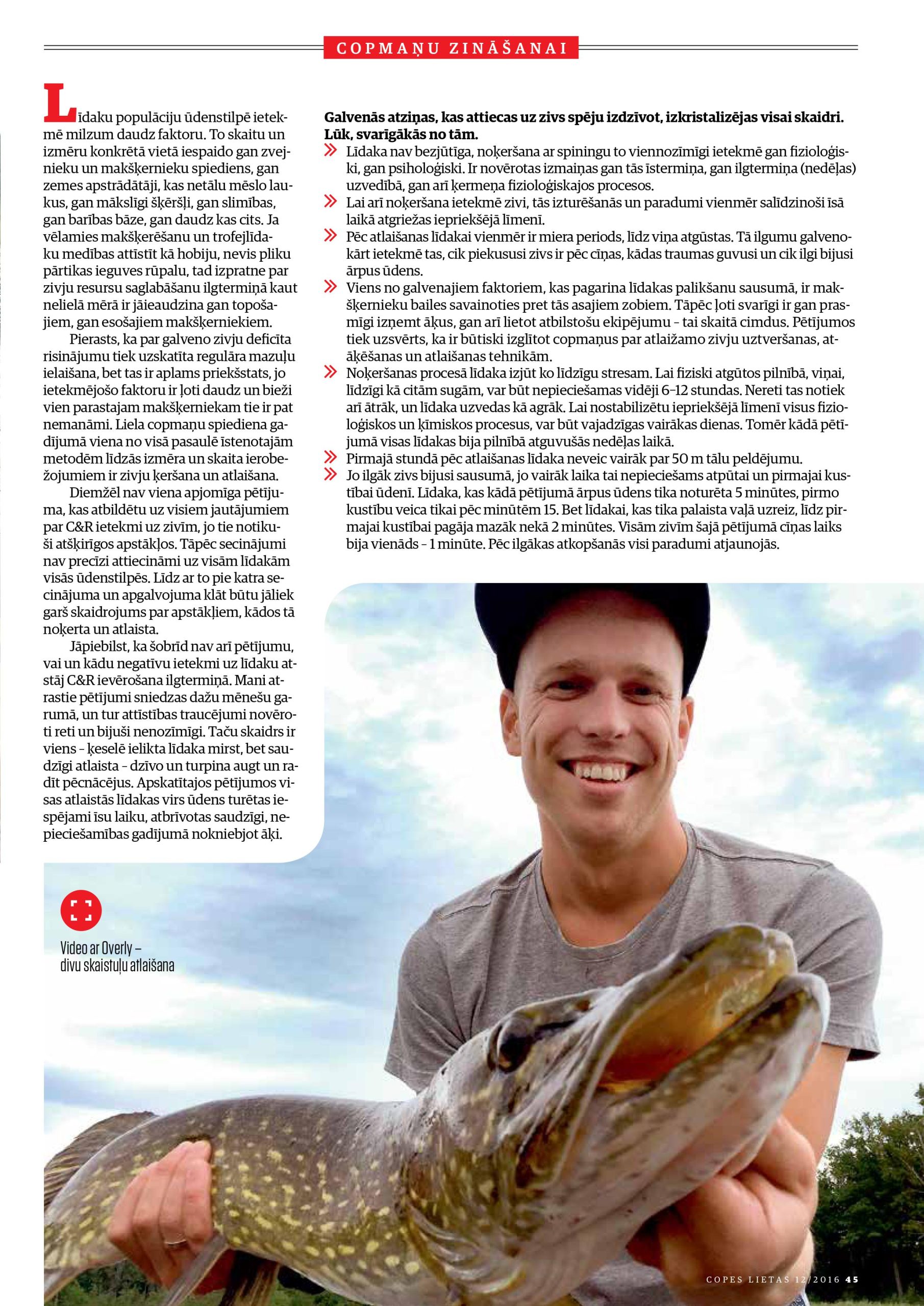Content is king for augmented reality features
Although adding 3D fishing rods to the magazine’s sales pages may drive conversions, this customer story is notable for the publication’s ability to first of all focus on adding value to the reader.
While a newspaper that is read by a vast demographic may struggle to easily (without trial runs) pinpoint stories that would benefit from AR content, niche press has a clear reader persona. They already know what that persona enjoys and can take steps to meet their needs.
Remember, AR is not just an add-on to drive sales. Print media’s digitalization with augmented reality can save traditional media outlets from complete online transition and provide excellent value to customers.


